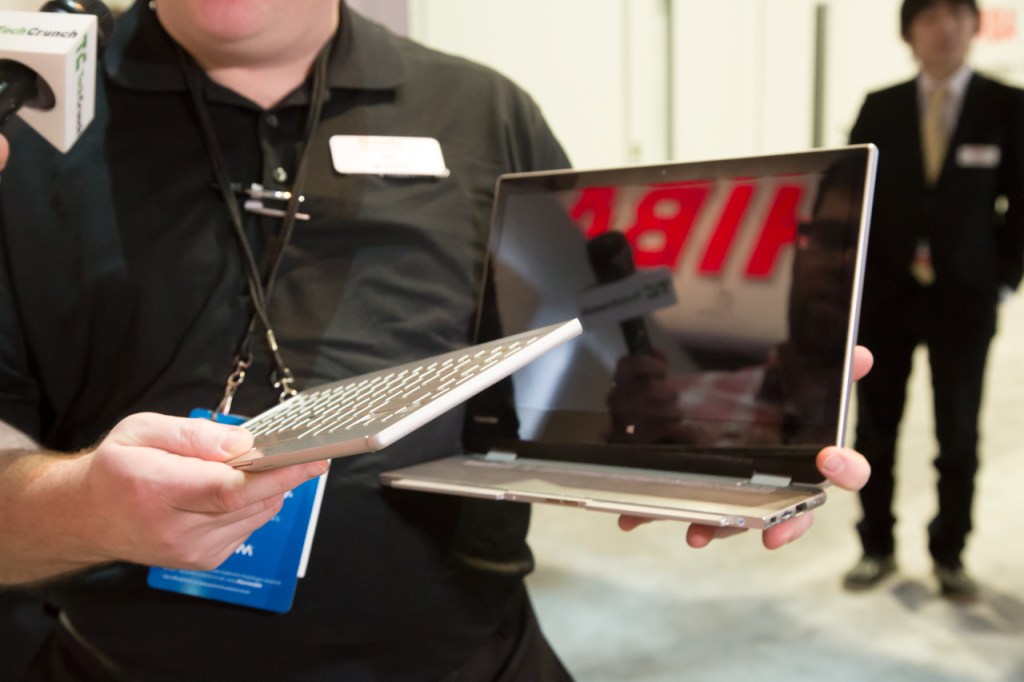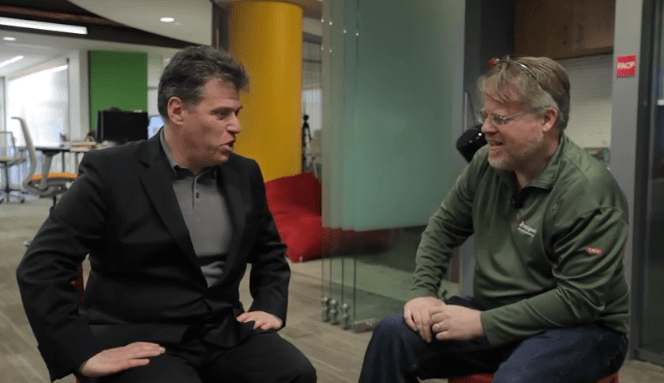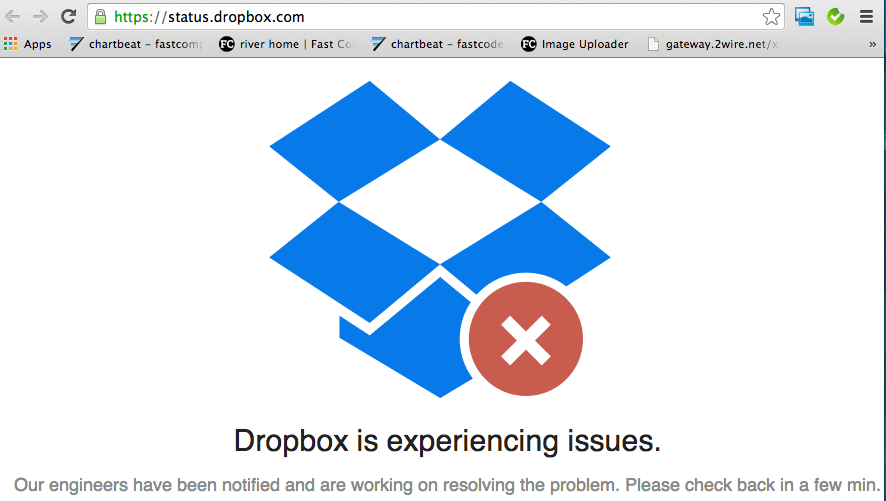
Let’s talk about doge, but first let’s talk about the late great David Foster Wallace, who 13 years ago wrote a classic essay about modern English* entitled “Tense Present,” which, realistically, is better than anything I will ever write, so I should maybe just point you to it and end this post here.
But I won’t. Not least because I strongly suspect that if DFW had not taken his own life five years ago, he would already have updated “Tense Present” for the modern era. He almost would have had to.
It is instructive that his essay includes the phrase You don’t (despite withering cultural pressure), have to use a computer, but you can’t escape language. That may have been true, just, in 2001, but it is not true today. You cannot escape computers any more — and that fact has affected language in a way which is, if you ask me, nothing short of revolutionary.
Once upon a time, not so long ago, most people didn’t write much, and even if they did, only a tiny handful of people might read the results. As a result, most of the words that people read were written by a tiny elite group of authors and journalists, and almost exclusively in an anodyne, pristine mode which DFW in his classic essay called SWE, for “Standard Written English.” (Also “Standard White English,” but I’m not even going to go there, except to say again that you should read his essay.)
I’ll go further and say that the overwhelming majority of widely-read nonfiction was written in an even smaller, strictly controlled subset of SWE – call it CSWE, for Clinical Standard Written English. Textbooks. Cookbooks. IRS instructions. The New York Times, the Wall Street Journal, the British broadsheets, etc. All written in a similar mode: authoritative, declamatory, distant, dispassionate, impersonal, and (allegedly) neutral. Formal, pure, and precise.
The problem, of course, is that English, as actually used by 99% of its practitioners, has never been even close to formal, pure, and precise. As James Nicoll** famously put it:
The problem with defending the purity of the English language is that English is about as pure as a cribhouse whore. We don’t just borrow words; on occasion, English has pursued other languages down alleyways to beat them unconscious and riffle their pockets for new vocabulary.
So why did SWE become the standard? DFW answers:
The real truth, of course, is that SWE is the dialect of the American elite. That it was invented, codified, and promulgated by Privileged WASP Males and is perpetuated as “Standard” by same. That it is the shibboleth of the Establishment and an instrument of political power and class division and racial discrimination and all manner of social inequity.
Easy enough to perpetuate when only a tiny elite were writing the words that most read; but now is different. Now is the era of social media. Now people are both reading and writing more words, by far, than they ever have before — which is great, right? — but only a small and diminishing fraction of those words are written in SWE.
Once upon a time, high-school teachers and broadsheet newspapers and their ilk defined how English was written, and the few semantic scofflaws were the linguistic equivalent of outlaw renegades. No longer. Now that definition is provided by Reddit. Nowadays we have different online dialects for cats and dogs, and people actually use both. Nowadays even scholarly articles may include a “tl;dr” summary. Nowadays:
Holy crap, that's a legitimate term now! en.m.wikipedia.org/wiki/Thagomizer RT @JeremyWNA: @arclight Thagomizer!—
(@arclight) January 04, 2014
And nowadays — this is where things get interesting — people who write in CSWE actually mark themselves as untrustworthy by doing so. Because the new usage, call it Modern Written English, is everything CSWE is not: first-person, colloqiual, breezy, open, and personal. That’s what readers understand and trust. But if you write like a high-school essay, or the Wall Street Journal? That is now a big red flag. Your readers don’t know you … but they do know that you have deliberately hidden who you are, by donning that mask called CSWE. And on some level they do not like it.
DFW again:
When I say or write something, there are actually a whole lot of different things I am communicating. The propositional content (the actual information I’m trying to convey) is only one part of it. Another part is stuff about me, the communicator. Everyone knows this. It’s a function of the fact that there are uncountably many well-formed ways to say the same basic thing, from e.g. “I was attacked by a bear!” to “Goddamn bear tried to kill me!” to “That ursine juggernaut bethought to sup upon my person!” and so on […] “Correct” English usage is, as a practical matter, a function of whom you’re talking to and how you want that person to respond — not just to your utterance but also to you.
This is the weird thing the Internet has done to language: Standard Written English — or, at least, its most fundamentalist form, Clinical Standard Written English — has actually become incorrect in most online contexts.
Before he wrote 1984, George Orwell wrote a famous essay called “Politics and the English Language,” which decried:
In our time it is broadly true that political writing is bad writing. Where it is not true, it will generally be found that the writer is some kind of rebel, expressing his private opinions and not a “party line.” Orthodoxy, of whatever color, seems to demand a lifeless, imitative style.
I submit to you that, increasingly, this is how Clinical Standard Written English sounds to the Reddit-reading masses: orthodox, lifeless, soulless, a parade of pale impersonal zombie words drained of blood by some linguistic vampire, if you’ll pardon the mixed horror-movie metaphor. I’m not saying it actually is, necessarily; I’m saying that even well-written CSWE is, to many, fatally undercut by being CSWE. It still has its place — Wikipedia, say, and a few other sources whose pretensions of authority are still deemed acceptable, like maybe The Economist — but it is not the standard mode of our ongoing online discourse. It is out of place there. It is incorrect.
That in turn is one reason why — online, at least — a new generation of irreverent, colloquial, acerbic online sites is eating old media’s lunch. Compare this brilliant, heartfelt, vicious, deeply personal Grantland piece about performance-enhancing drugs with, well, anything ever published by the Sports section of the New York Times. Can you even imagine the Gray Lady ever publishing anything so profane, so offensive, so informal, so full of questions without answers? Hell no you can’t; in part because you can’t imagine the NYT publishing something so vibrant, so scattershot, so alive — in other words, something not written in Clinical Standard Written English.
The so-called Sapir-Whorf hypothesis, which in a way is the basis of 1984, suggests that language influences thought. There isn’t actually a whole lot of experimental evidence which supports this; but it seems to me that the language to which one is exposed does influence what and how one writes.
And that’s why I welcome doge, and LOLcats, and every other atrocity visited upon the English language by the Internet. They’re anarchic. They’re juvenile. They’re a horrific mess. And they make it clear that we can and do shape the language however we want, rather than being shaped by it, for the sake of greater beauty, truth, and endlessly repetitive ironic comic gold.
So I for one am all in favor of the Internet’s slow but inexorable unwinding of that impersonal straitjacket CSWE, even though I personally happen to be unusually fluent in it, which has benefited me in countless little and large ways over the years. I applaud the eruption of a thousand awful-but-perfect linguistic grotesqueries such as doge and GIF listicles. Because it seems to me that Standard Written English, for all its virtues, has become something of a desiccated undead corpse. I submit that whatever can breathe new life into it — even bizarre memes, subversive polemics, and the mad ravings of anonymous redditors; hell, even 4chan — should be welcomed with open arms. Because words matter. Language matters. And, with respect, it’s past time for last century’s Standard Written English to give way to something a little more lively.
Image credit: the late great David Foster Wallace, by Steve Rhodes, on Flickr.
*More specifically about “the seamy underbelly of U.S. lexicography … Did you know that U.S. lexicography even had a seamy underbelly?”
**Who, by odd coincidence, I’ve known since I was 12 years old.























